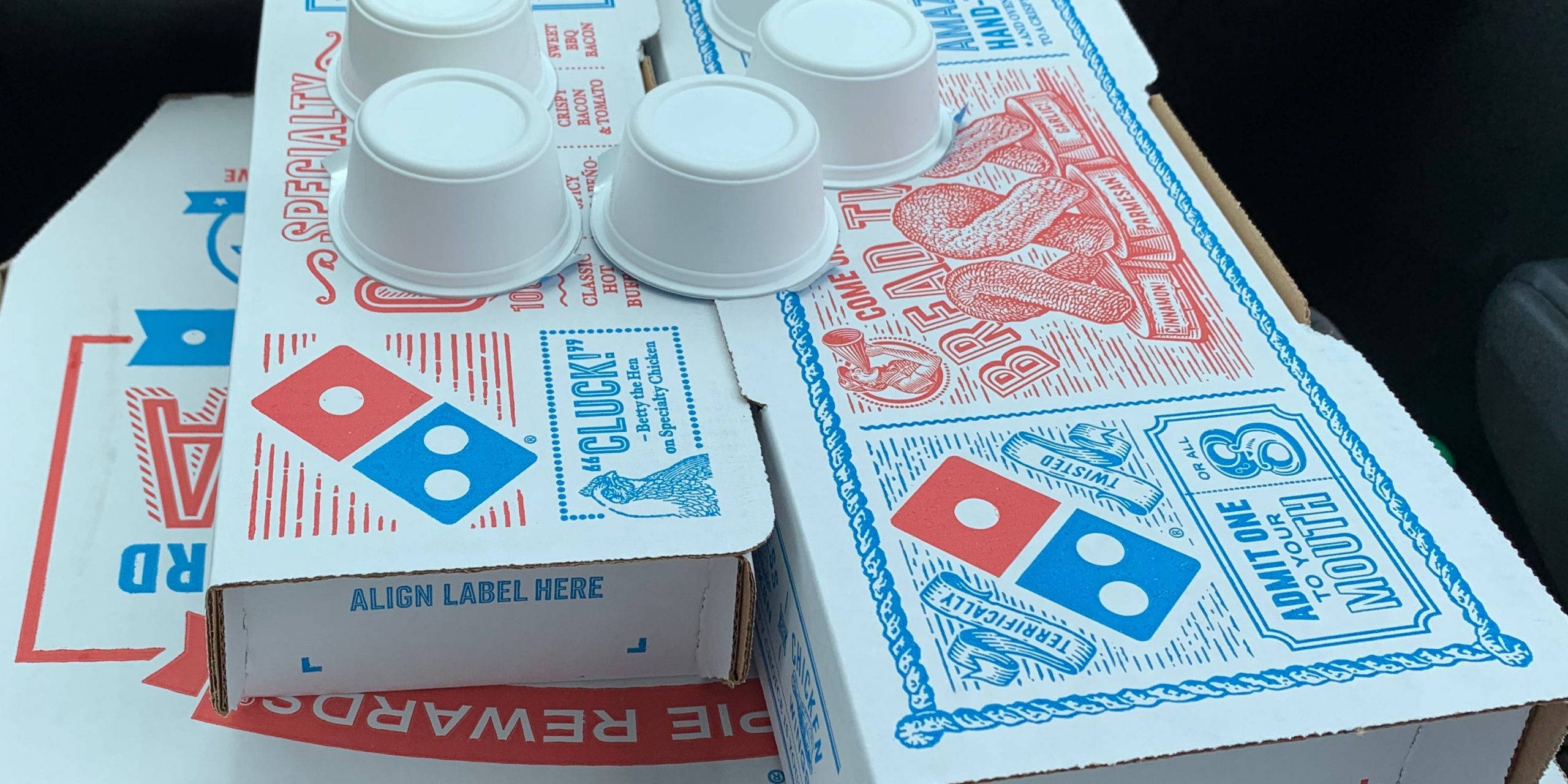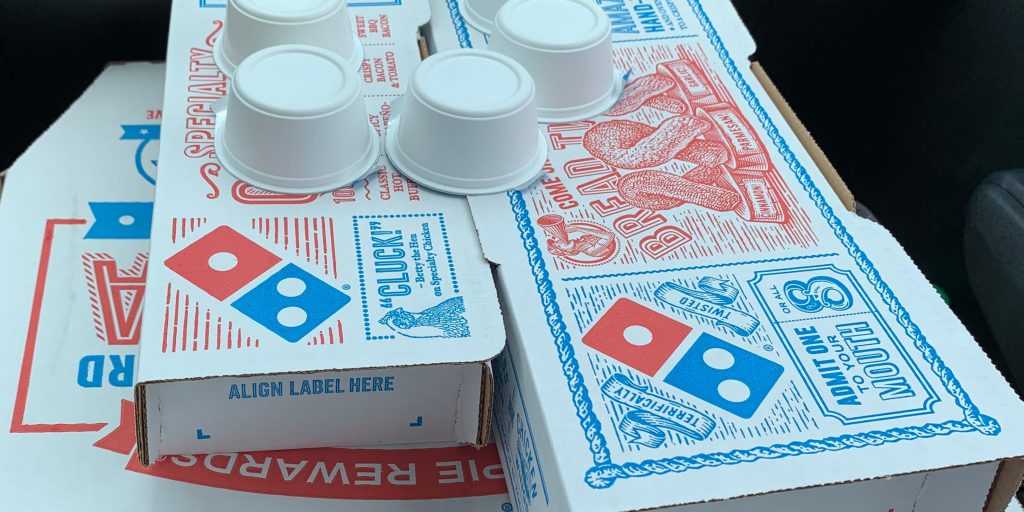
- Domino's CEO says food and labor costs are rising much faster than normal for the pizza chain.
- To offset rising costs, the company will offer 8 wings instead of 10 in its national promotion.
- It's also making the deal online-only to save on the expense of having someone work the phone.
When the cost of business goes up, companies have two choices: charge customers more, or give them less for the same price.
Faced with food costs that are rising three to four times faster than a normal year, Domino's has decided to go with the second option.
CEO Ritch Allison said Tuesday that the company expects the cost of things like meats, cheese, and some grains to increase by as much as 10% this year, compared with a normal rate of 2-3%.
As a result, the chain will reduce the number of wings included in its national $7.99 carryout promotion from 10 to eight.
It's the latest example of a practice among companies commonly referred to as "shrinkflation," which has affected consumer goods ranging from toilet paper to cat food to candy bars.
Domino's did not immediately respond to Insider's request for comment on this story.
In addition to reducing the size of the menu item, the offer will only be available online, which enables the company to save on the expense of having a person answer the phone and take an order.
More than three quarters of Domino's customers order through digital channels, which is not only more profitable for the company, but leads to larger total tickets on average, according to QSR magazine.
The company also indicated that the moves were the first of several efforts it will make over the course of the year to offset the impact of rising prices on its business.
Even though the sticker price of the wing deal is staying the same, the reduction in size means it will still likely contribute (in however small a way) to the overall rise in the Consumer Price Index, economist Skanda Amarnath said in a tweet.
The CPI, which is the most popular measure of US inflation, is now up 7% over last year — the highest level in 40 years — the US Bureau of Labor Statistics said on Wednesday.

